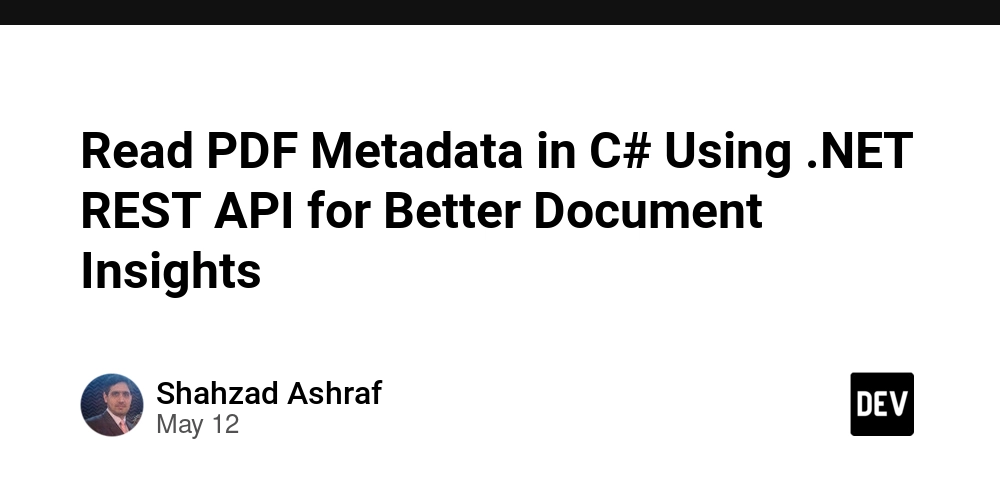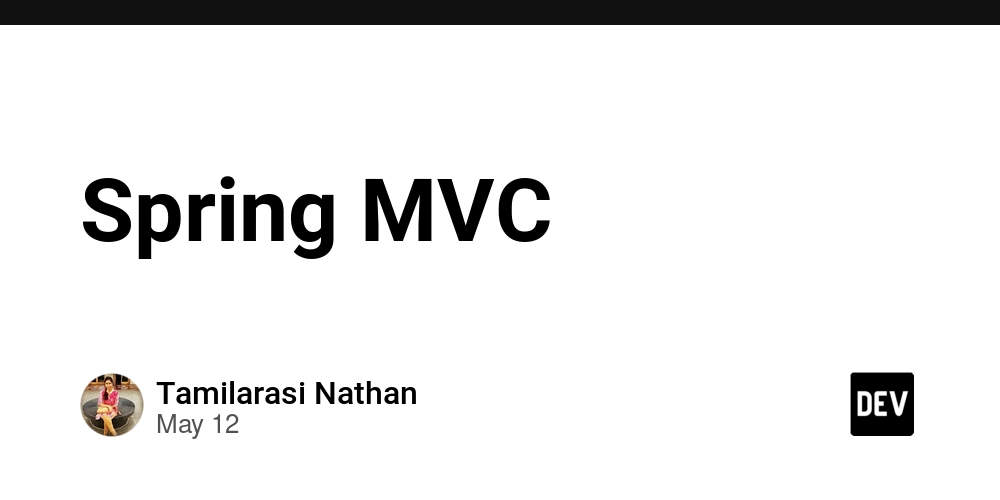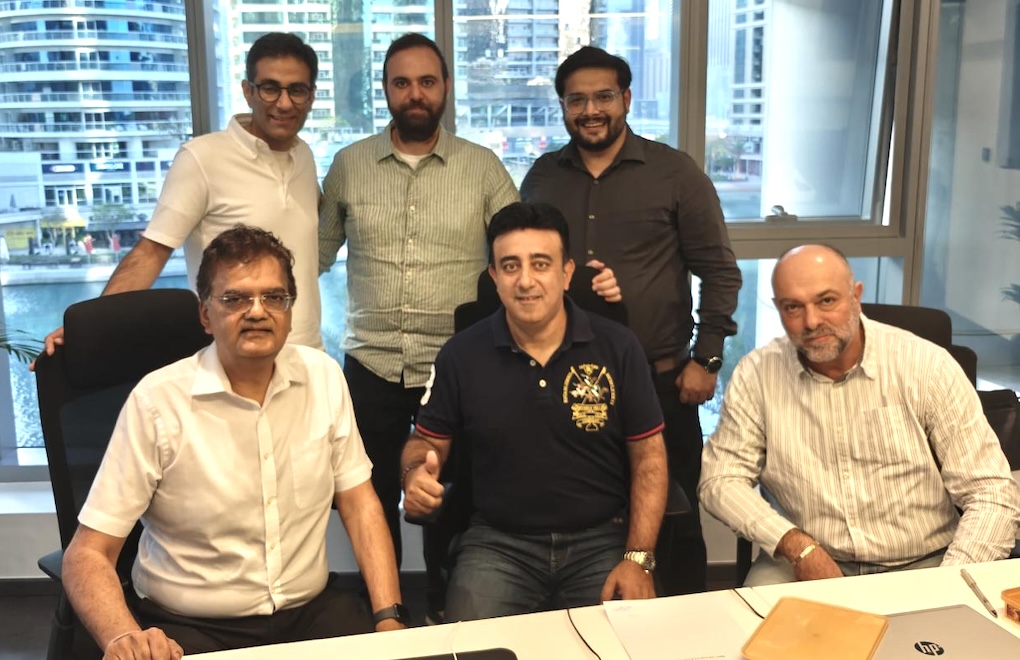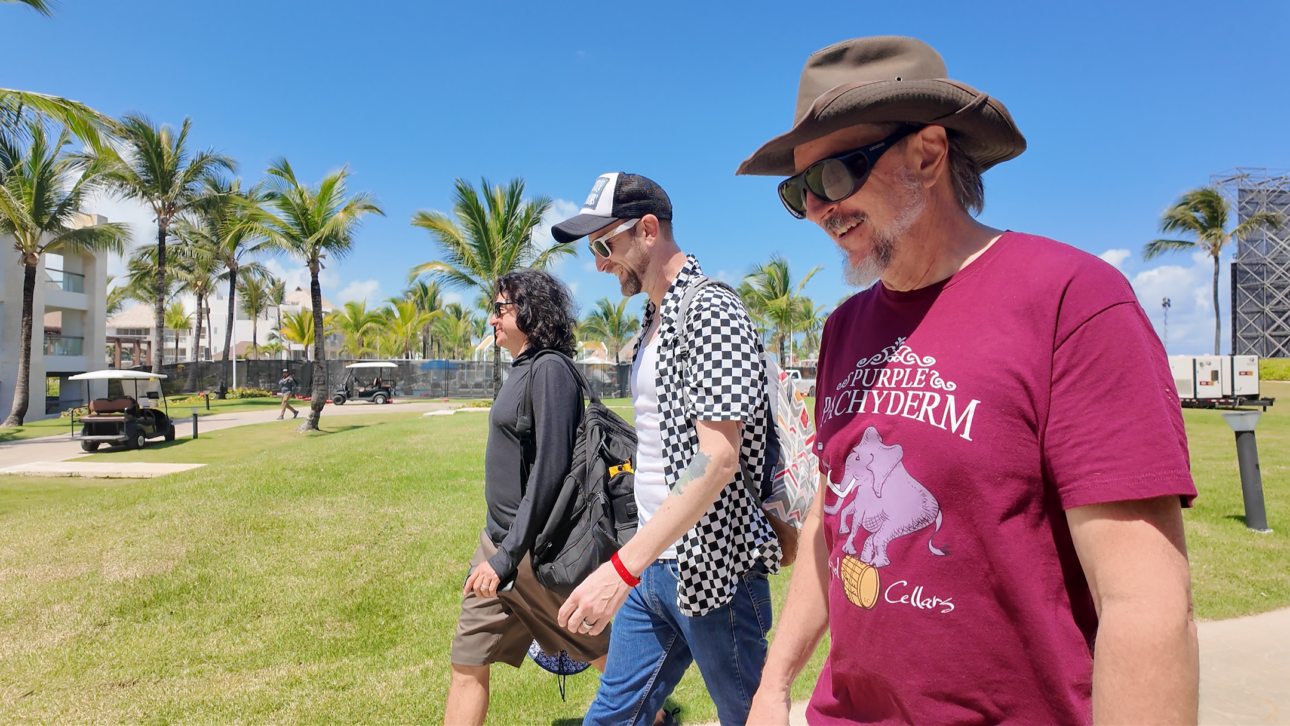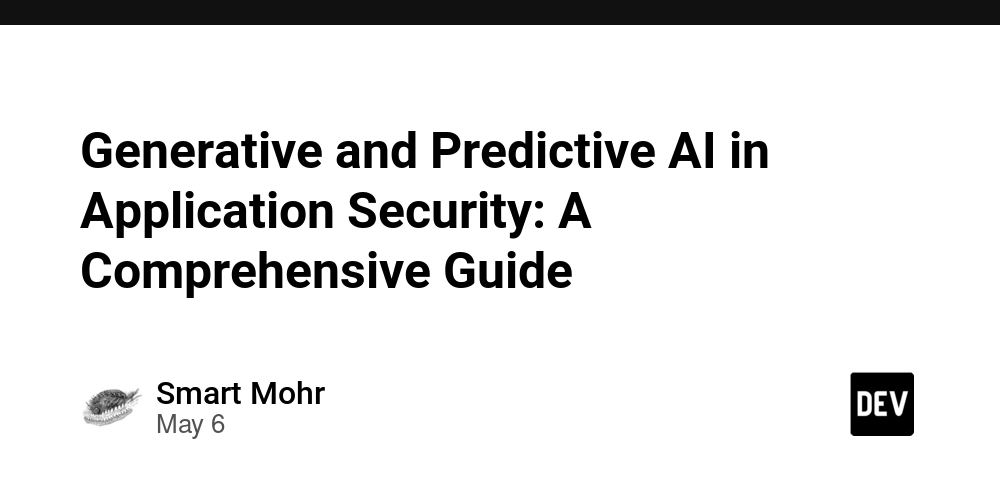Validate Your Env at Build Time — with Custom Rules Powered by Amazon Q Developer
This is a submission for the Amazon Q Developer "Quack The Code" Challenge: Crushing the Command Line What I Built I created envguardr, a CLI tool that validates environment variables at build time. It’s useful for projects where .env files or runtime checks aren't enough. It handles types, required fields, and default values, but I felt it needed more flexibility. To address that, I enhanced the underlying validation package valitype by adding support for custom validators. This was one of the ideas suggested by Amazon Q Developer during the challenge. That single improvement unlocked a range of advanced use cases. Demo Step-by-step Install envguardr globally: $ npm install -g envguardr Create an env.schema.js file with custom validation logic: module.exports = { API_KEY: { type: 'custom', validator: (v) => /^[a-z0-9]{16}$/.test(v || ''), errorMessage: 'API_KEY must be 16 alphanumeric characters', required: true } } Then run: $ envguardr validate env.schema.js Terminal demo: running envguardr with a custom schema validation for API_KEY: Code Repository https://github.com/fontebasso/valitype https://github.com/fontebasso/envguardr How I Used Amazon Q Developer This challenge was my first experience with Amazon Q Developer, and I was genuinely impressed. It’s exactly the kind of tool I always felt was missing for developers working with AI. Amazon Q Developer was able to read my codebase, understand its context, and assist in meaningful ways. It helped me improve typing, write better tests, fix subtle lint issues, and explore useful new features. From the several improvements it suggested for valitype, I chose to implement custom validators. That feature alone made envguardr much more powerful, giving it the flexibility needed for advanced configuration validation.

This is a submission for the Amazon Q Developer "Quack The Code" Challenge: Crushing the Command Line
What I Built
I created envguardr, a CLI tool that validates environment variables at build time. It’s useful for projects where .env files or runtime checks aren't enough. It handles types, required fields, and default values, but I felt it needed more flexibility.
To address that, I enhanced the underlying validation package valitype by adding support for custom validators. This was one of the ideas suggested by Amazon Q Developer during the challenge. That single improvement unlocked a range of advanced use cases.
Demo
Step-by-step
Install envguardr globally:
$ npm install -g envguardr
Create an env.schema.js file with custom validation logic:
module.exports = {
API_KEY: {
type: 'custom',
validator: (v) => /^[a-z0-9]{16}$/.test(v || ''),
errorMessage: 'API_KEY must be 16 alphanumeric characters',
required: true
}
}
Then run:
$ envguardr validate env.schema.js
Terminal demo: running envguardr with a custom schema validation for API_KEY:
Code Repository
https://github.com/fontebasso/valitype
https://github.com/fontebasso/envguardr
How I Used Amazon Q Developer
This challenge was my first experience with Amazon Q Developer, and I was genuinely impressed. It’s exactly the kind of tool I always felt was missing for developers working with AI.
Amazon Q Developer was able to read my codebase, understand its context, and assist in meaningful ways. It helped me improve typing, write better tests, fix subtle lint issues, and explore useful new features.
From the several improvements it suggested for valitype, I chose to implement custom validators. That feature alone made envguardr much more powerful, giving it the flexibility needed for advanced configuration validation.













